O'CONNELL STREET IN DUBLIN
O'CONNELL STREET [EASTER WEEKEND 2021]
O'Connell Street is located on the north side of Dublin city, and runs northwards from O'Connell Bridge towards Parnell Square. The street is approximately 1,980 feet (600 m) long and 150 feet (46 m) wide, with two broad carriage ways at either side of a central pathway occupied by various monuments and statues.
There are two Luas tram stops along the street, O'Connell GPO and O'Connell Upper.[2] The street has a number of bus stops for Dublin Bus and other bus companies, with many cross-city and north-bound services stopping there.
O'Connell Street evolved from the earlier 17th-century Drogheda Street, laid out by Henry Moore, 1st Earl of Drogheda. It was a third of the width of the present-day O'Connell Street, located on the site of the modern eastern carriageway and extending from Parnell Street to the junction with Abbey Street. In the 1740s, the banker and property developer Luke Gardiner acquired the upper part of Drogheda Street extending down to Henry Street as part of a land deal. He demolished the western side of Drogheda Street creating an exclusive elongated residential square 1,050 feet (320 m) long and 150 feet (46 m) wide, thus establishing the scale of the modern-day thoroughfare.
A number of properties were built along the new western side of the street, while the eastern side had many mansions, the grandest of which was Drogheda House rented by the sixth Earl of Drogheda and sat on the corner of Cathedral Street. Gardiner also laid out a mall down the central section of the street, lined with low granite walls and obelisks. It was planted with trees a few years later. He titled the new development Sackville Street after the then Lord Lieutenant of Ireland Lionel Cranfield Sackville, Duke of Dorset. It was also known as 'Sackville Mall', and 'Gardiner's Mall'. However, due to the limited lands owned by the Gardiners in this area, the Rotunda Hospital sited just off the street at the bottom of Parnell Square – also developed by the family – was not built on axis with Sackville Street, terminating the vista. It had been Gardiner's intention to connect the new street through to the river, however, he died in 1755, with his son Charles taking over the estate.
Work did not start until 1757 when the city's planning body, the Wide Streets Commission, obtained a financial grant from Parliament. For the next 10 years work progressed in demolishing a myriad of dwellings and other buildings, laying out the new roadway and building new terraces. The Wide Streets Commission had envisaged and realised marching terraces of unified and proportioned façades extending from the river. Because of a dispute over land, a plot on the northwest of the street remained vacant; this later became the General Post Office (GPO) which opened in 1814. The street became a commercial success upon the opening of Carlisle Bridge, designed by James Gandon, in 1792 for pedestrians and 1795 for all traffic.
O'Connell Street is located on the north side of Dublin city, and runs northwards from O'Connell Bridge towards Parnell Square. The street is approximately 1,980 feet (600 m) long and 150 feet (46 m) wide, with two broad carriage ways at either side of a central pathway occupied by various monuments and statues.
There are two Luas tram stops along the street, O'Connell GPO and O'Connell Upper.[2] The street has a number of bus stops for Dublin Bus and other bus companies, with many cross-city and north-bound services stopping there.
O'Connell Street evolved from the earlier 17th-century Drogheda Street, laid out by Henry Moore, 1st Earl of Drogheda. It was a third of the width of the present-day O'Connell Street, located on the site of the modern eastern carriageway and extending from Parnell Street to the junction with Abbey Street. In the 1740s, the banker and property developer Luke Gardiner acquired the upper part of Drogheda Street extending down to Henry Street as part of a land deal. He demolished the western side of Drogheda Street creating an exclusive elongated residential square 1,050 feet (320 m) long and 150 feet (46 m) wide, thus establishing the scale of the modern-day thoroughfare.
A number of properties were built along the new western side of the street, while the eastern side had many mansions, the grandest of which was Drogheda House rented by the sixth Earl of Drogheda and sat on the corner of Cathedral Street. Gardiner also laid out a mall down the central section of the street, lined with low granite walls and obelisks. It was planted with trees a few years later. He titled the new development Sackville Street after the then Lord Lieutenant of Ireland Lionel Cranfield Sackville, Duke of Dorset. It was also known as 'Sackville Mall', and 'Gardiner's Mall'. However, due to the limited lands owned by the Gardiners in this area, the Rotunda Hospital sited just off the street at the bottom of Parnell Square – also developed by the family – was not built on axis with Sackville Street, terminating the vista. It had been Gardiner's intention to connect the new street through to the river, however, he died in 1755, with his son Charles taking over the estate.
Work did not start until 1757 when the city's planning body, the Wide Streets Commission, obtained a financial grant from Parliament. For the next 10 years work progressed in demolishing a myriad of dwellings and other buildings, laying out the new roadway and building new terraces. The Wide Streets Commission had envisaged and realised marching terraces of unified and proportioned façades extending from the river. Because of a dispute over land, a plot on the northwest of the street remained vacant; this later became the General Post Office (GPO) which opened in 1814. The street became a commercial success upon the opening of Carlisle Bridge, designed by James Gandon, in 1792 for pedestrians and 1795 for all traffic.
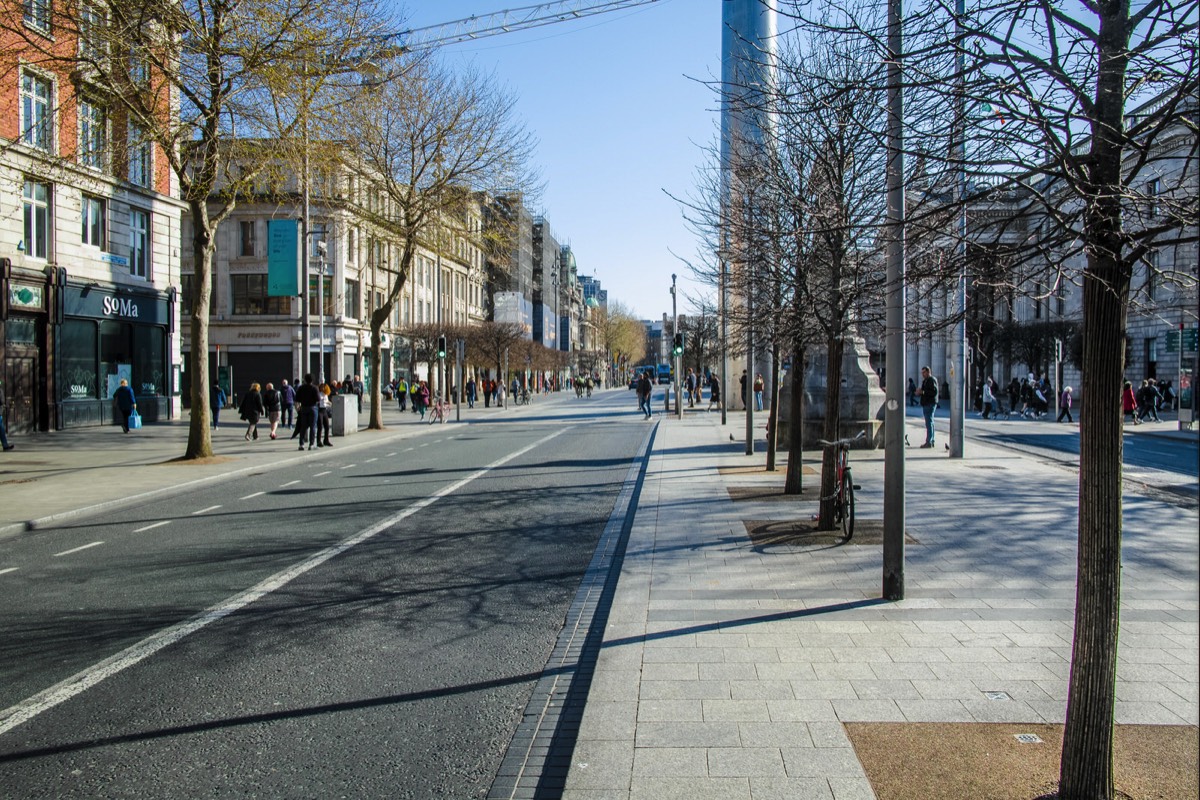
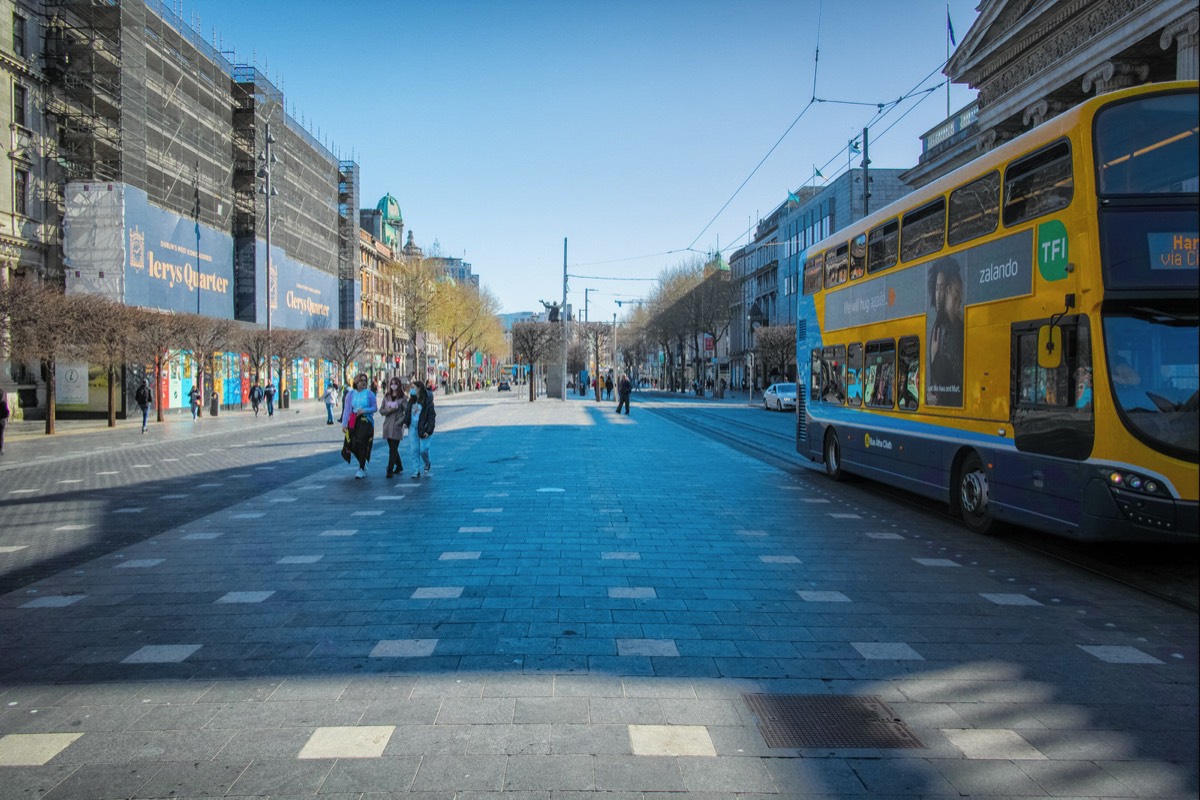
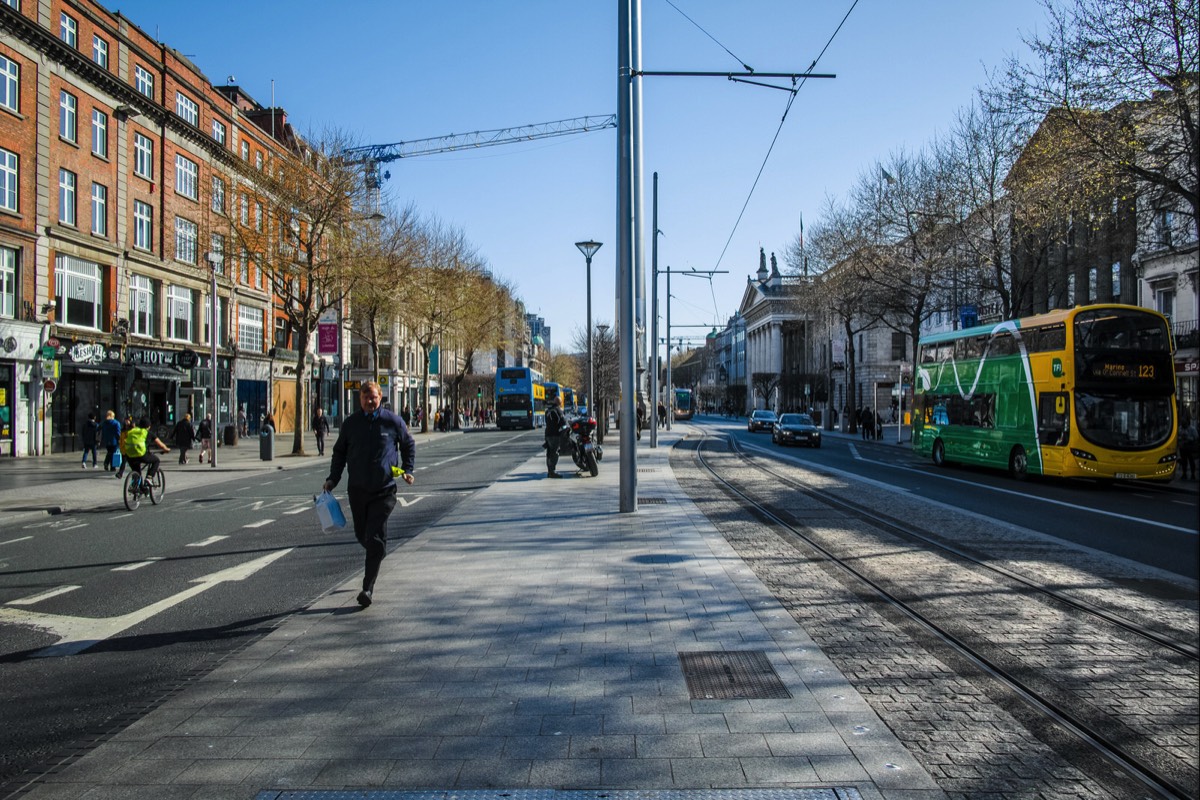
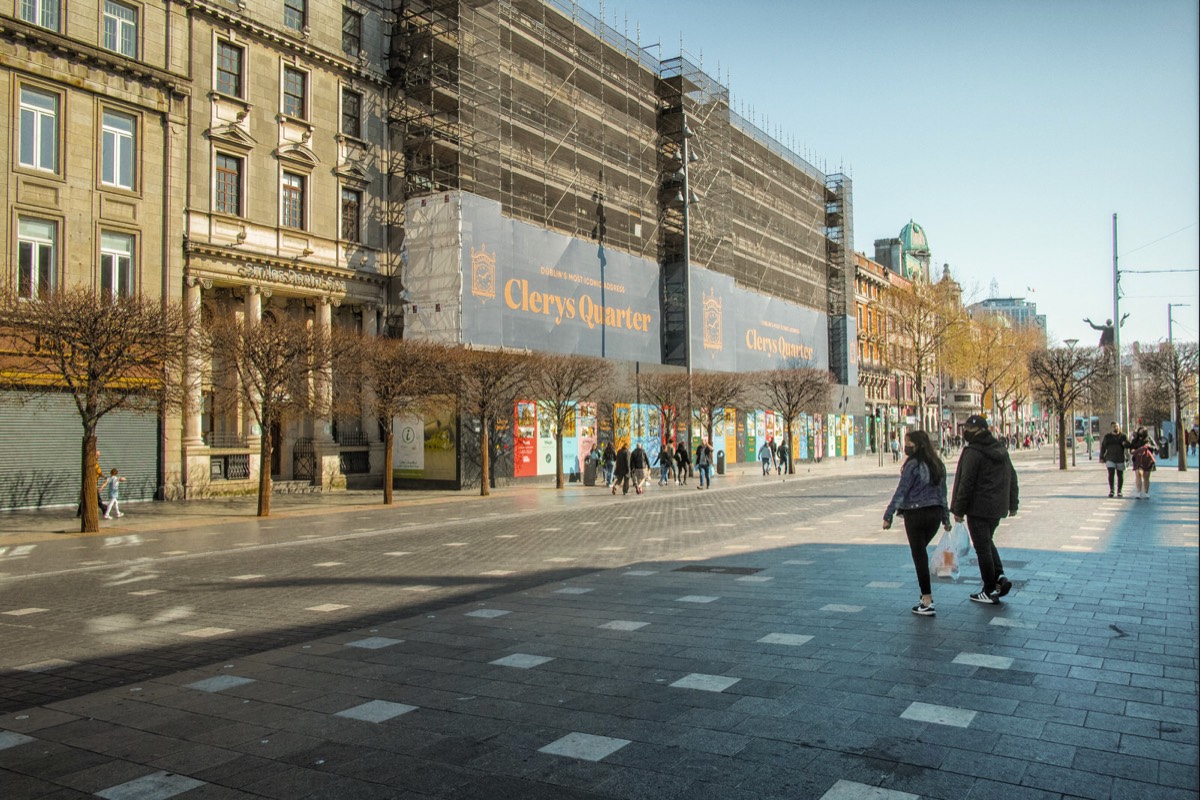
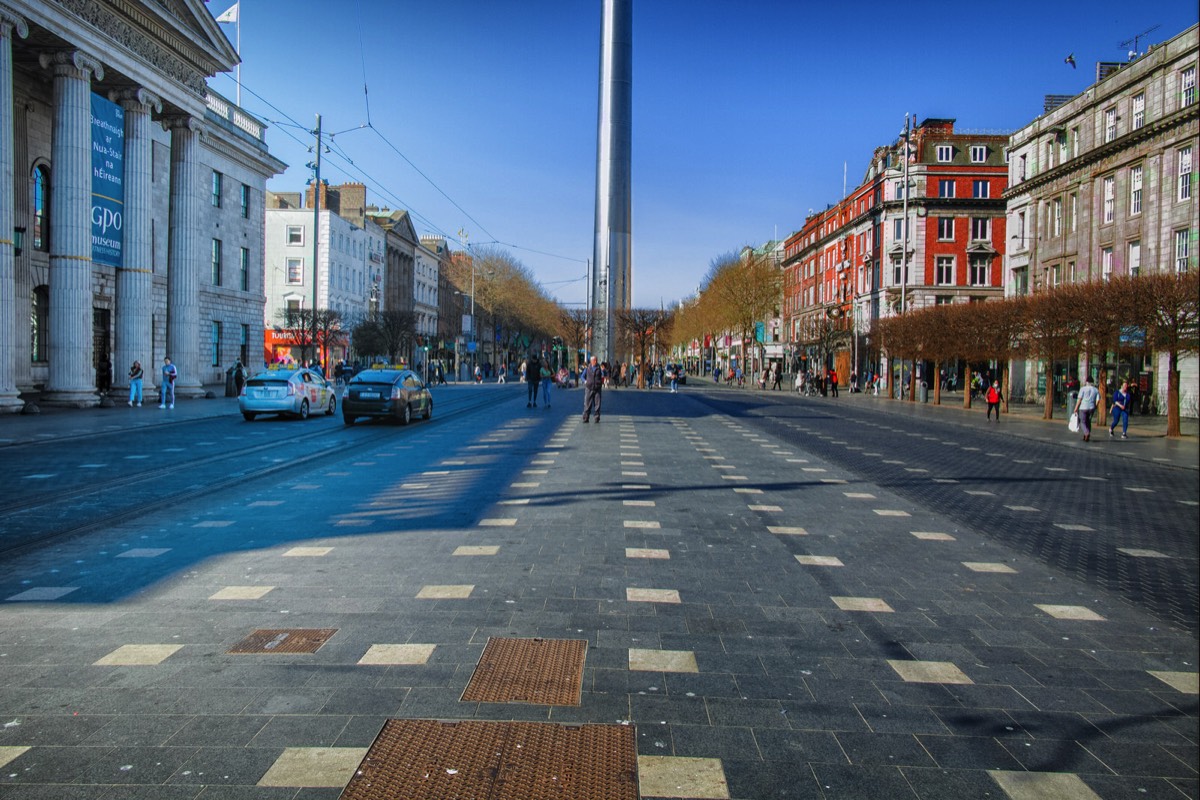
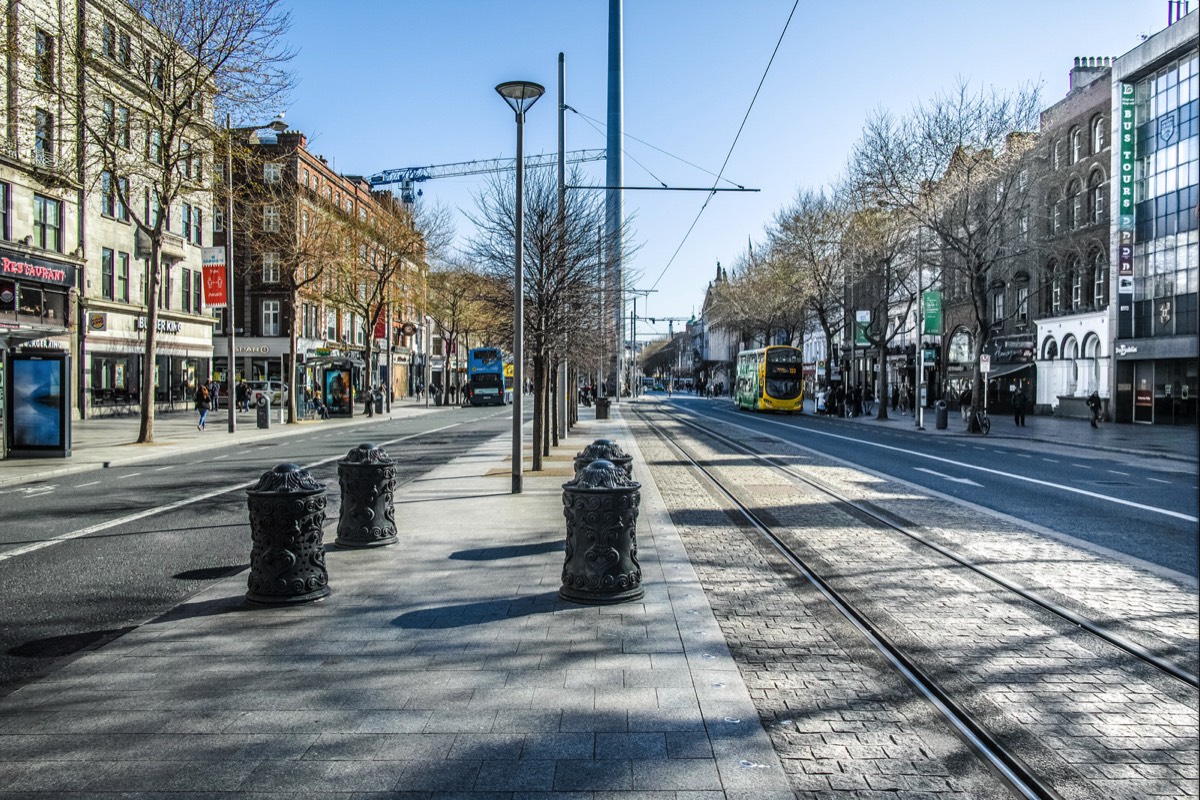
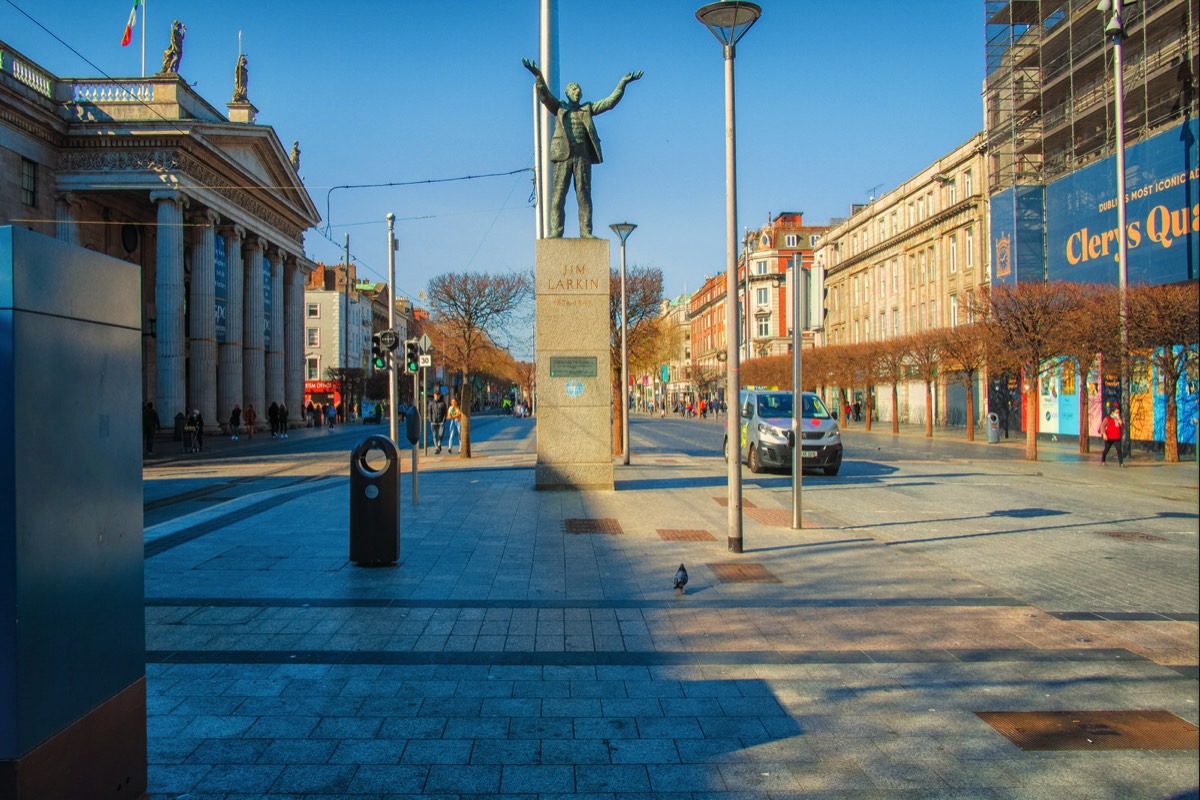
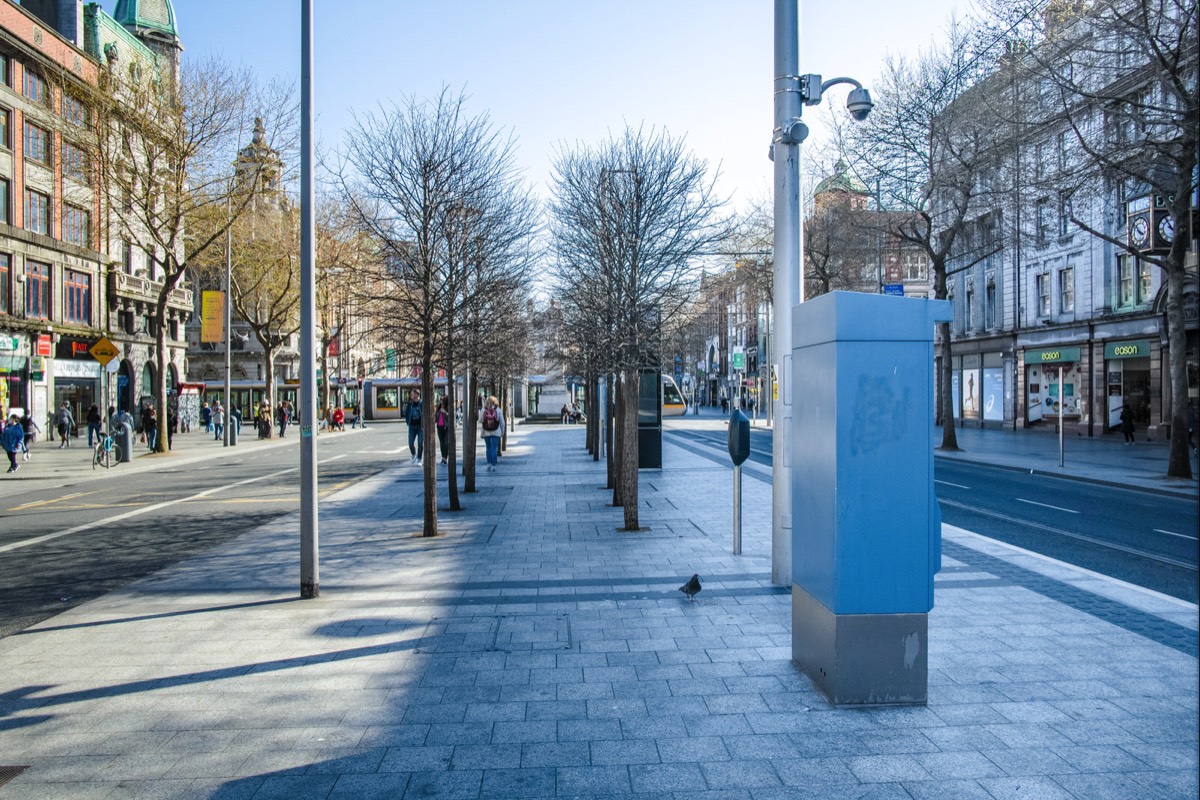
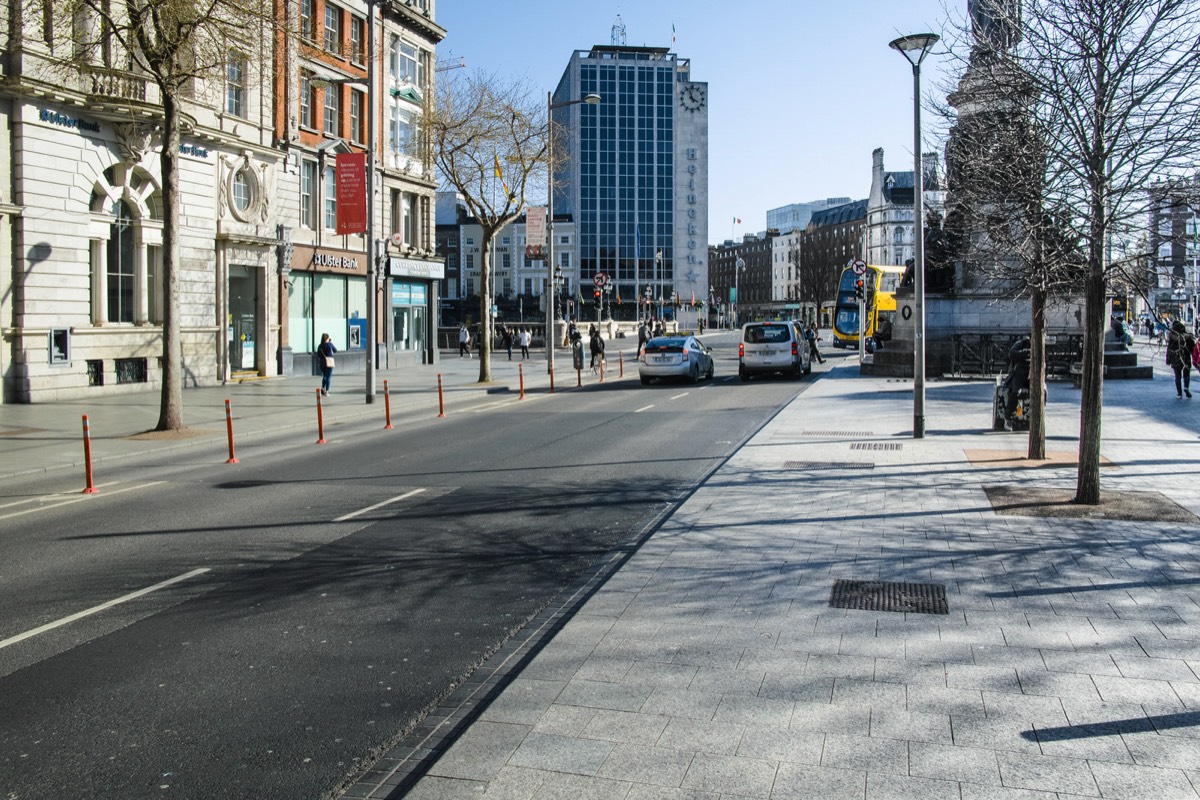
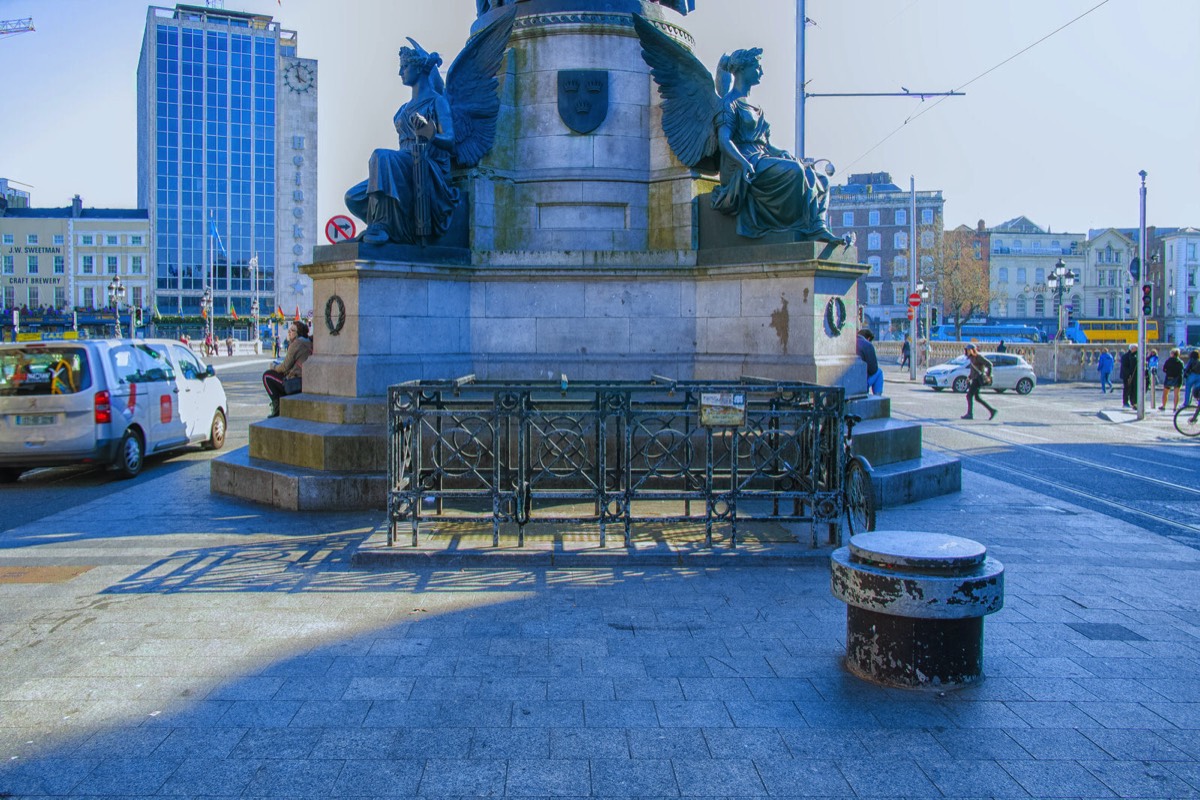
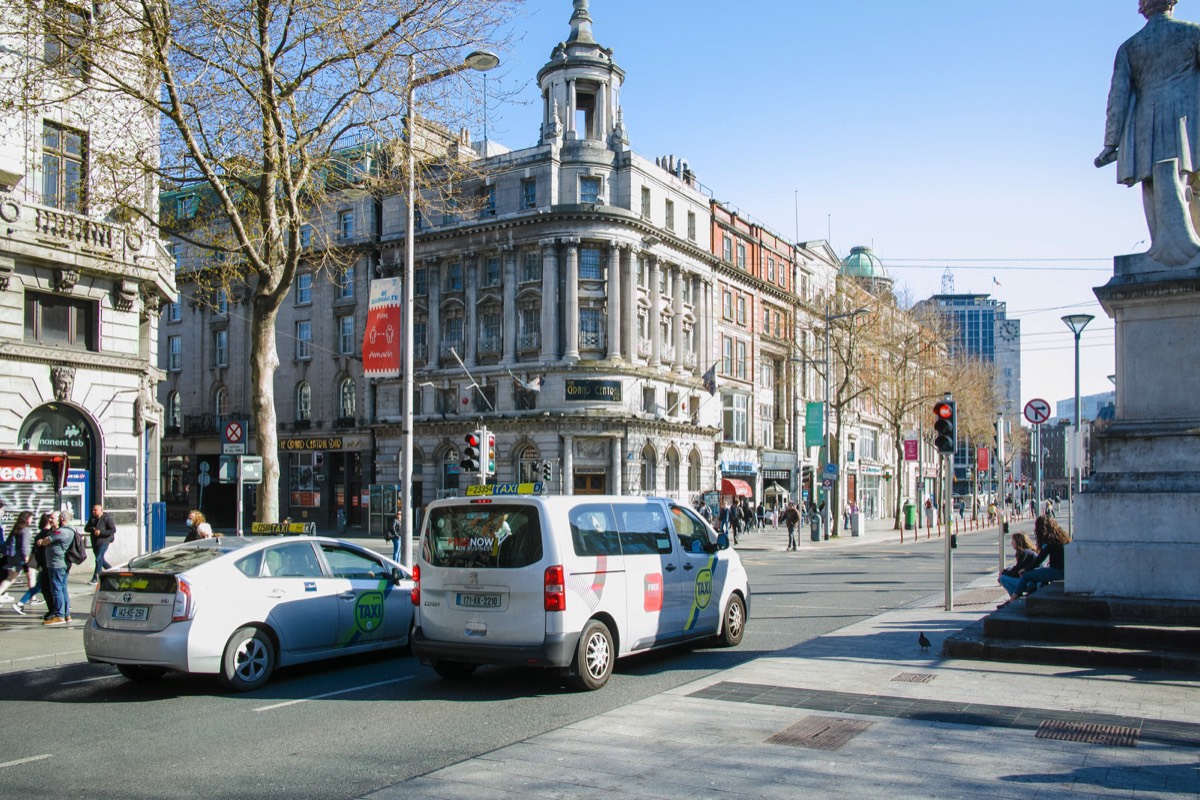
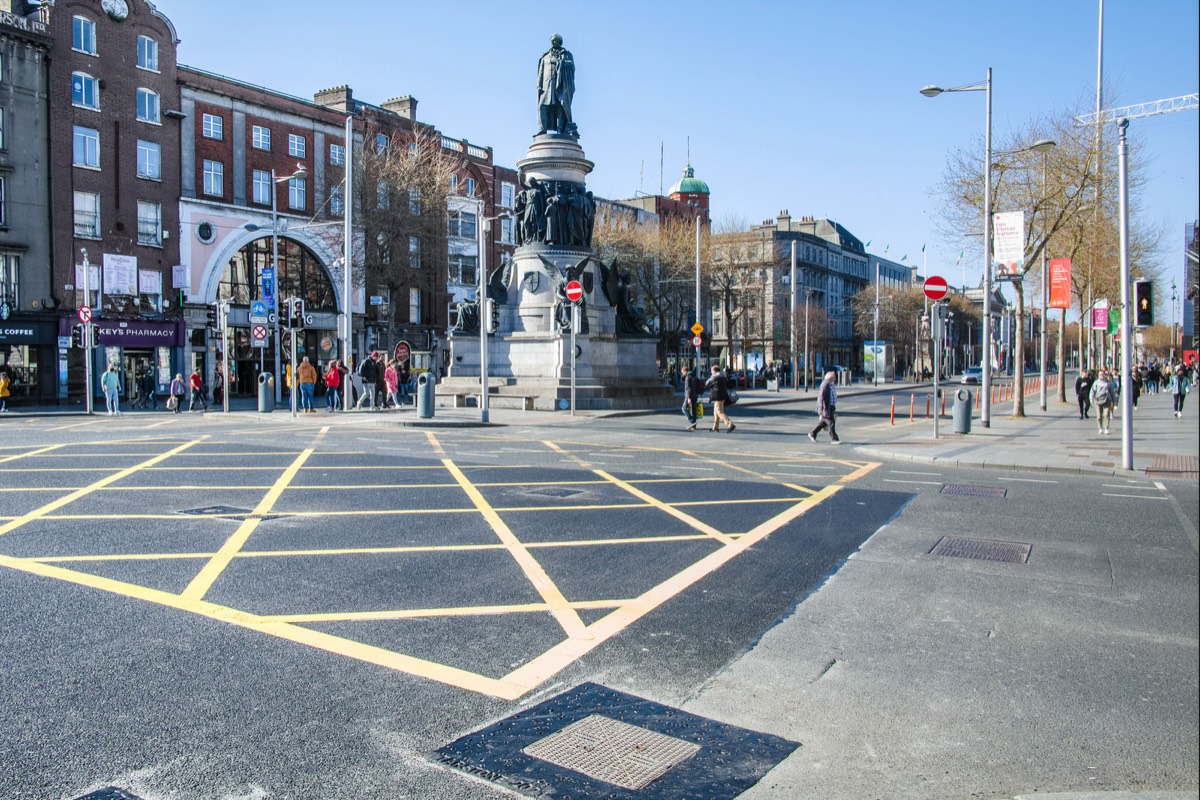
You will find links to buy products from Amazon, Google and other partners. If you click on these links, you’ll find that the URL includes a small extra piece of text which identifies that the click came from my websites. This text is an affiliate code, and it means that I get a small percentage of the money you spend if you choose to buy that product, or, in some cases, other products from the site soon after. These affiliate links help pay the costs of producing my websites and ensure that the content is free to you.
COPYRIGHT INFORMATION BELOW APPLIES ONLY TO PHOTOGRAPHS

This work by William Murphy aka Infomatique is licensed under a Creative Commons Attribution-NonCommercial-ShareAlike 4.0 International License.
Permissions beyond the scope of this license may be available at https://excellentstreetimages.com/in-the-year-twentytwenty/copyright/.
